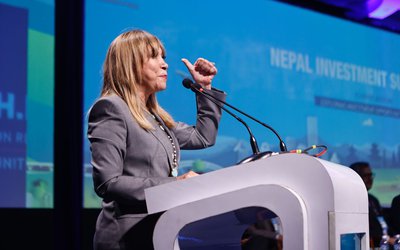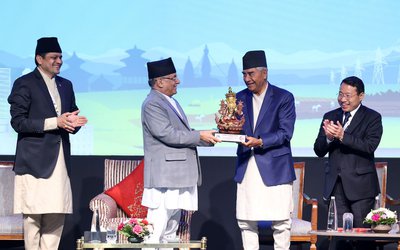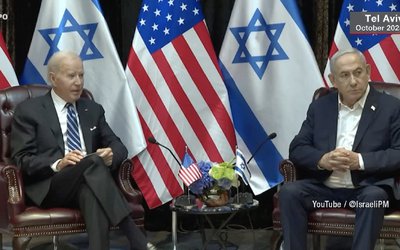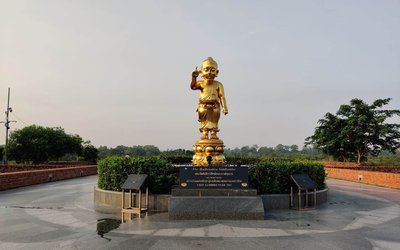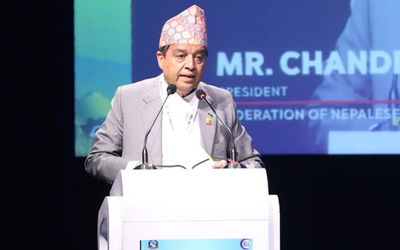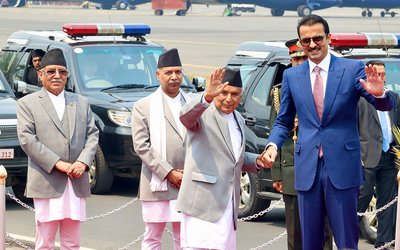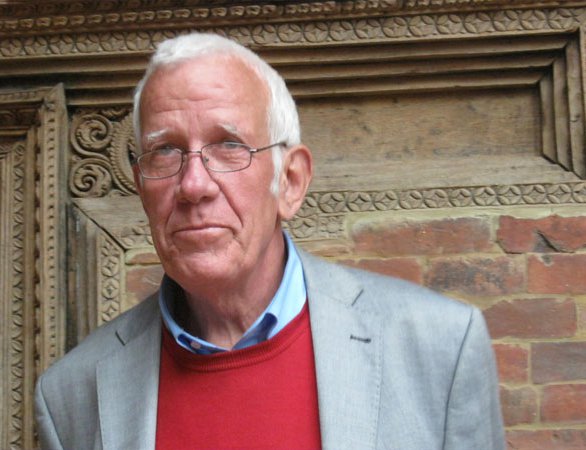
Gutschow graduated in architecture from Darmstadt University, and wrote his PhD-thesis on the Japanese Castle Town in 1973. He absolved an apprenticeship as carpenter in Japan (1962/63) and was member of a team for the first bilateral conservation project in Bhaktapur, Nepal (1971). Since 2004, he has been an honorary professor at Heidelberg University, Department of Indology and lives in Germany and Bhaktapur, Nepal.
How do you look at the restoration of Patan Palace?
What an opportunity to add a few words about the Patan Palace Restoration Project and our ambition to turn the first floor of this courtyard into a museum of architecture. When we met eight years ago to create this project, we were very much optimistic, by telling ourselves that we would need only eight years to complete the project. The first cost estimate and an outline design for the museum was already prepared in 2005 but the project was launched only on May 25th 2006 with a fund raising campaign at Clarence house in London, the residence of the Prince of Wales. That means, eight years have passed and we are still struggling in search of grants.
How do you see the involvement of Germany?
The Federal Republic of Germany got involved in 2007 with an application by the Kathmandu Valley Preservation Trust for a considerable grant to rehabilitate and restore the Bhandarkhal tank in the back of neighboring courtyard. A second application made the restoration of this golden doorway possible and just a week ago we were informed that the restoration of the South wing of Sundari Cok will be funded in 2013.
How do you see Nepal-German Cooperation in the field of culture?
I feel like I must use the opportunity to tell you that the Nepal-German Cooperation is one of the most stable links in the Nepal German relations in the field of culture. The Khumbu Himal project started in 1960, and in the field of architectural heritage conservation activities started in 1971 with the restoration of the Pujarimath in Bhaktapur. The government of Germany had donated one lakh of Deutschmark for that purpose on the occasion of the marriage of then crown prince Birendra. The following Bhaktapur Development Project Focused on conservation for a period of 12 years, GTZ funded the Svayambhunath Conservation Master plan and the reconstruction of the Mandap in Bhaktapur in 1980s and the Patan Palace Conservation and Development Project in the 1990. The engagement in the Patan Palace Restoration Project demonstrates that there is an ongoing continuity of concern.
Are there any Germans, besides you, to support the project?
I should not hide from you the fact that I have been tied to all these projects from the beginning. And not only me, among us today is, Wolfgang Korn, who had joined the Town Planning Office in January 1968-45 years ago. He is here to support the Kathmandu Valley Preservation Trust, sponsored by the German Senior Expert Service, while I am here in the capacity of a senior advisor.
Will your support continue for preservation work in Nepal?
I am telling you these details to say that we are still around because we simply cannot leave. We love Nepal and we cannot help: we are bound to come again and again. It is in fact a life-long affair with a very special relationship of giving-funds and expertise, and taking- inspiration. We have been filling a gap for quite some time because the concerned Department of Archaeology has very little resources. Since a few years already donors from the business community have come up to contribute to the preservation of Nepal’s glorious architectural heritage.
How do you describe the present moment?
It is a great moment for those who have been working in the areas. I am very proud to say that for the first time Yogeshwar Amatya, a Nepali, individually came to support the effort of conservation. This is good beginning.
How do you know Yogeshwar?
I am here to praise the first donor who generously opened his private purse, in the memory of his mother. Yogeshwar, we met here one and a half year ago on a different occasion and when I appealed to the Nepalese public to join our efforts, he spontaneously stood up to support the project.
What do you want to say to others?
I express my deepest thanks to Hansen from the German Embassy for continuously supporting the efforts of the Kathmandu Valley Preservation Turst and my thanks go to Yogeshwar. I would also like to thank Shakya of Ukubaha for donating the idols to make the doorway complete.
- QATAR AMIR’S STATE VISIT: Five Agreements
- Apr 28, 2024
- TANAHU HYDROPOWER PROEJCT: A Significant Achievement
- Apr 15, 2024
- AMBASSADOR HANAN GODAR: Sharing Pain With A Nepali Family
- Mar 30, 2024
- VISIT OF KfW AND EIB TO NEPAL : Mission Matters
- Mar 25, 2024
- NEPAL BRITAIN SOCIETY: Pratima Pande's Leadership
- Mar 24, 2024







